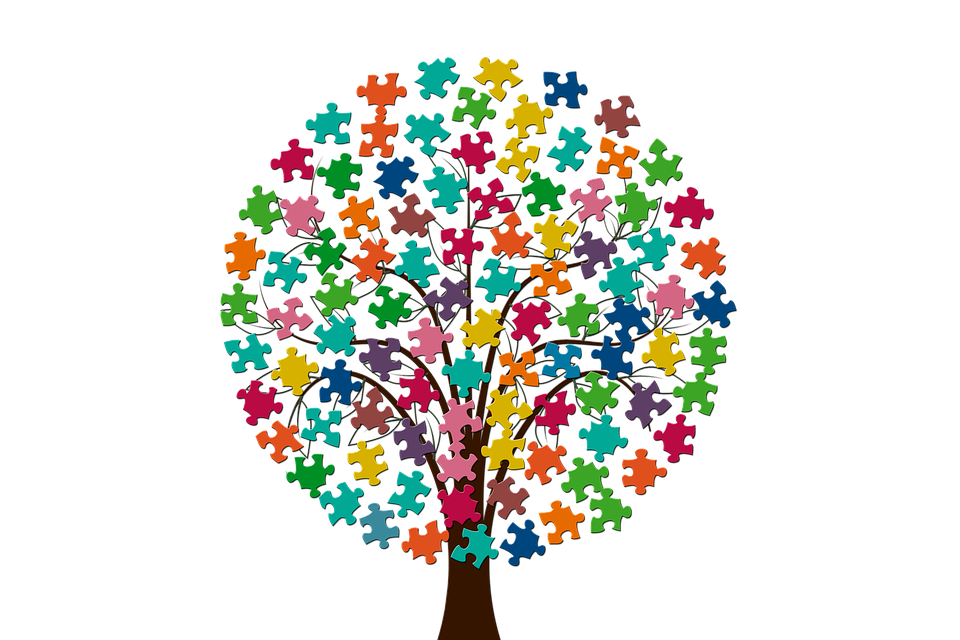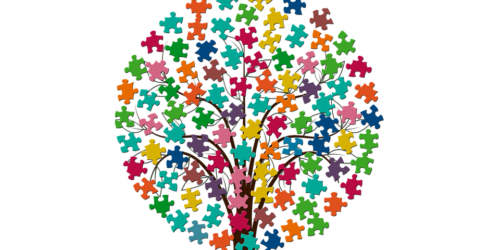Brick Walls and Puzzles
Recently in The Family History Guide’s Facebook Group for Trainers, Consultants, and Leaders, I published a brief post about breaking through brick walls in research. One of the members of the Group, Dan McFadden, had an interesting reply to the post. With Dan’s permission, I am sharing his reply below, and then I will add a few additional thoughts that came to me while thinking about this subject.
“The trick I learned is to stop thinking of them as brick walls or dead ends. It’s one giant puzzle. Like a puzzle, some pieces are easier to find than others. Some sections of a puzzle are easier than others. Some pieces may not fit together so smoothly. When you have trouble finding pieces or putting the picture together, you move around the puzzle. Some pieces are harder to find than others. Do the same with the tree and your family. Keep working it in the same way you do a puzzle and just keep putting the pieces in. Names, sources, pictures, and tidbits of information are your pieces … find them.”
Lessons Learned from Puzzle-Building
A few months ago I went on something of a puzzle spree, completing several large ones at home. Having done that, I can really relate to Dan’s advice above. Here are a few additional insights I’d like to share about how puzzles can relate to family history research:
- Don’t force-fit a piece. When you find a record or source that seems to have the answers, make sure to apply reasonable tests to it. It may actually be referring to a different person that you think. Some pieces look very similar, and it’s up to us to apply the best fit.
- Expand your puzzle area. We may develop tunnel vision while looking for that one clue, that one missing record that would “solve everything.” On the other hand, gathering information about descendants, siblings, and even friends and neighbors of a missing ancestor may in fact provide us with some of the pieces we are missing.
- Get the big picture. In puzzles, seeing the entire solution on the box can guide our efforts. In family history, we can’t really see the whole picture of our ancestry at once, but we do have three important perspectives we can use to view our genealogy puzzle pieces: history, geography, and language. Knowing the history and geography of our ancestors helps us more easily find and evaluate their records. Knowing how to deal with languages, even if it’s just using Google Translate or solving handwriting issues, unlocks information that would have remained hidden.
- Take time to enjoy the picture. As you build a jigsaw puzzle, part of the fun is seeing the progress as the picture unfolds to you. In family history, you can develop a sense of connection with ancestors whose lives you are discovering. That’s where the joy and satisfaction are, rather than in trying to “get it all done.”
We wish you success in all your family history puzzling! And when you study the tips in The Family History Guide for breaking through brick walls in research, you may want to think of them as opportunities to solve some of the world’s most fascinating puzzles.





